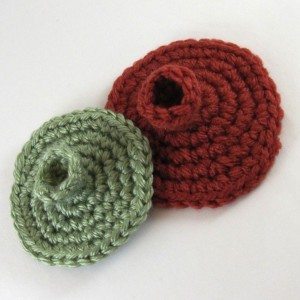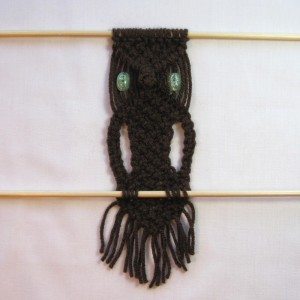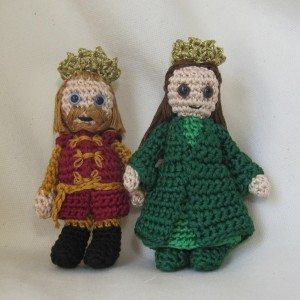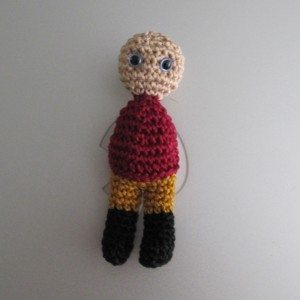
Trinket Box Pattern
Oh man, I thought this would never be done. Long ago this was to be a teaching pattern, for half double crochet increase and decrease. It was pretty subpar using only the techniques learned to the desired point in the course, but the idea was sound, so I re-created it using the magic ring and with the sides created in the round beginning with stitching directly onto unused loops of the base. Many, many revisions later, I bring it to you.
This pattern was a challenge. I shifted the increases and decreases in the corners of the box half a dozen times, and even developed a new hybrid joining/spiral technique for the base: slip stitch at the end of the round, but don’t chain up. I call it the stepped spiral. It has some benefits of both typical rounds techniques: less seam than joined rounds, less asymmetry than a spiral – though not zero seam or zero asymmetry. I applied it to two of the lids as well.
The chimney lid (funnel shaped) had a dramatic reimagining – I first made it starting at the top, stitching around in the back bumps of a starting chain, and then went back at the end to sew in two artificial chains to fill in the spot where the chain twisted down and made a sort of chip in the lid (since a loop made by stitching in the back bumps wants to be a mobius strip). I could not figure out how to pin down and explain my filling-in method, though, so I had to re-design. Instructions for top-down stitching are included, though you don’t get a ring of teardrops and you do have your starting slip knot up in the top edge, but the main instructions are for starting at the neck with foundation single crochet, a la this recent blog post. The main lid is in red below and the alternate in light green.


I plan to work out how to make these in non-yarn materials. I’ve tried embroidery floss with a size 4 steel hook (2mm; above), and I think four strands of thread (for a mini box) and narrow wire-edged ribbon (for a very solid, possibly slightly larger box) would both be appealing. When I do figure those out, in addition to blogging them I’ll put photos and materials lists on the trinket box pattern page.





